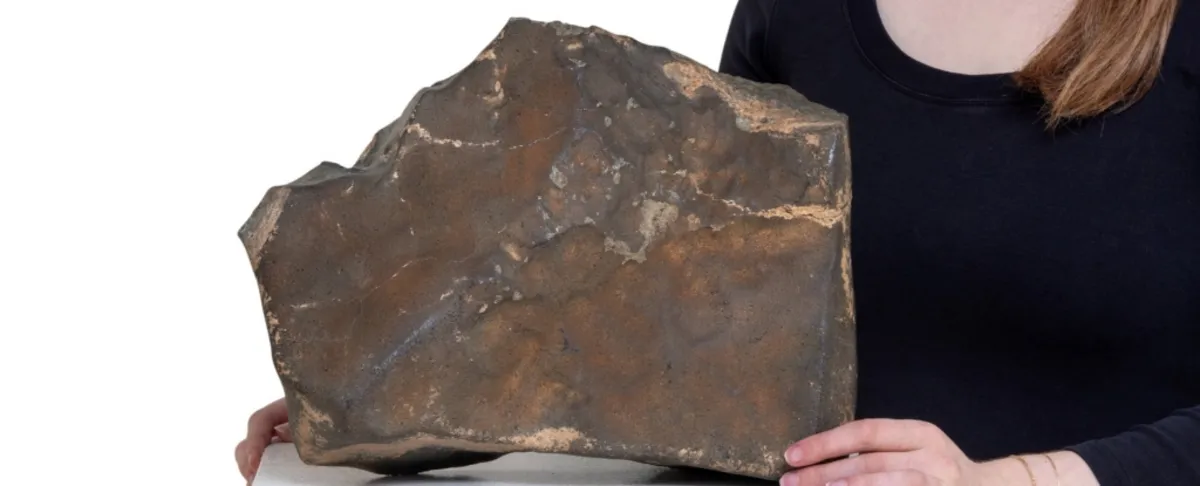
The most massive chunk of Mars ever discovered on Earth, officially named NWA-16788, is going up for auction at Sotheby's later this month, with a staggering estimated value of up to US$4 million. This remarkable meteorite weighs an impressive 24.67 kilograms (54.39 pounds), making it approximately 70 percent larger than the previous record-holder, Taoudenni 002, which was found in Mali in 2021 and weighed just 14.51 kg.
NWA-16788 was discovered by a meteorite hunter in November 2023 in the sparsely populated Agadez region of Niger. Interestingly, this area is more renowned for its dinosaur fossils than for meteorite finds. The significance of this discovery has been confirmed by the Shanghai Astronomy Museum, which validated the rock's Martian origin through analysis of a small sample.
The meteorite displays minimal signs of terrestrial weathering, suggesting that its physical and chemical properties have remained largely intact since its arrival on Earth. According to the Sotheby's listing, NWA-16788 is believed to be a relatively recent addition to our planet, having fallen from outer space not long ago.
Scientific analysis reveals that this extraordinary rock contains a high percentage of a glass known as maskelynite, along with several shock-melted areas. These findings indicate that NWA-16788 was likely propelled into space following a catastrophic asteroid impact on Mars. The meteorite itself is characterized by a coarse-grained texture primarily composed of pyroxene, maskelynite, and olivine, formed from the slow cooling of Martian magma.
In contrast, planetary scientist Julia Cartwright from the University of Leicester offers a different perspective. She believes that the scientific interest surrounding NWA-16788 will continue, even if it is sold. "The new owner may be very interested in learning from it," she mentioned, suggesting that valuable insights and discoveries could still arise from private ownership.
The upcoming Sotheby's auction for NWA-16788 marks a significant moment in the world of meteorite collecting and scientific research. As the largest Martian meteorite ever found on Earth, its sale raises important questions about the preservation and accessibility of unique specimens from our solar system. Whether it ends up in a private collection or a public institution, the legacy of this remarkable rock will undoubtedly continue to inspire curiosity about our universe.